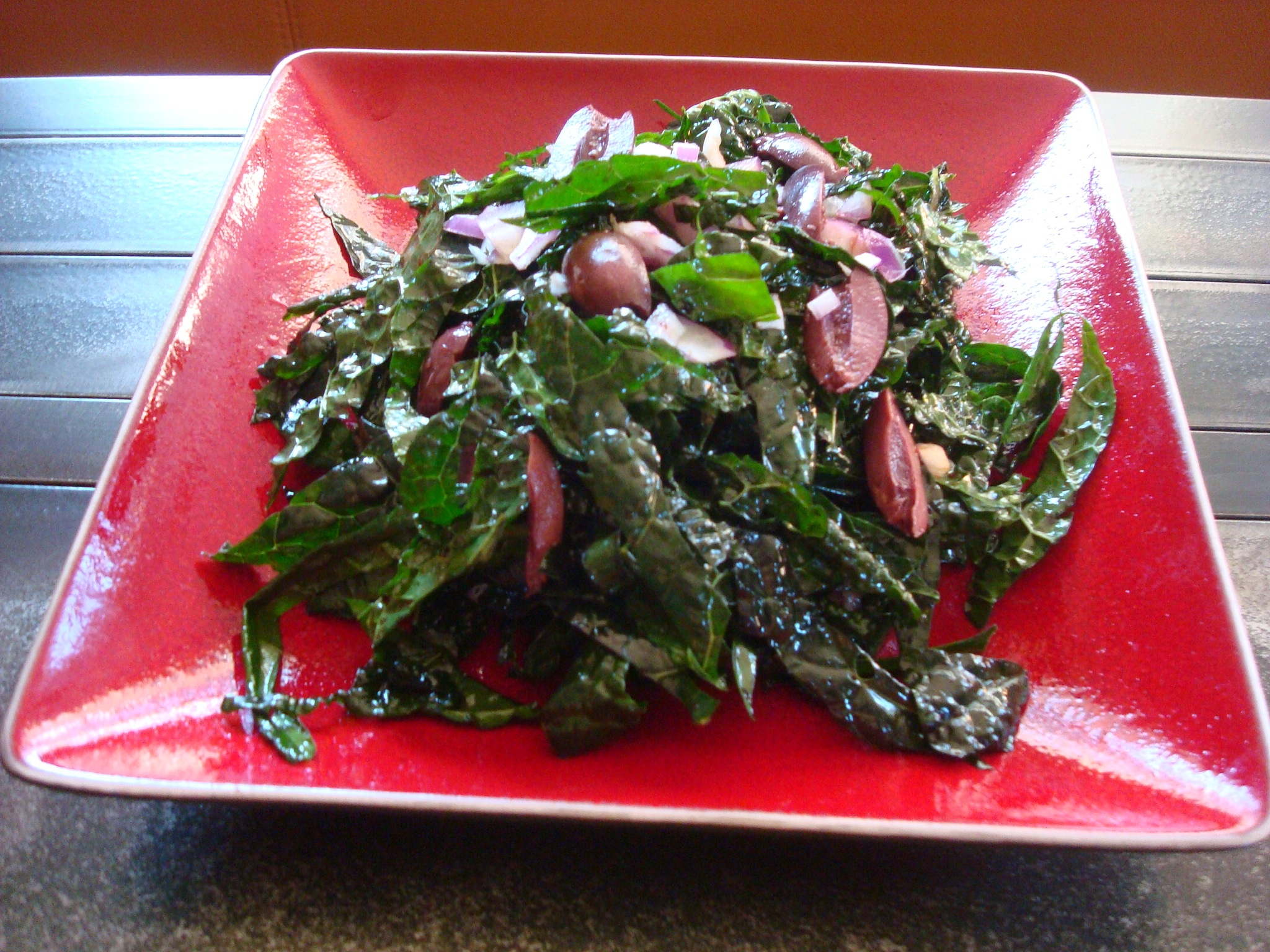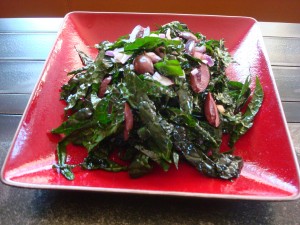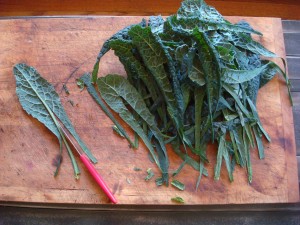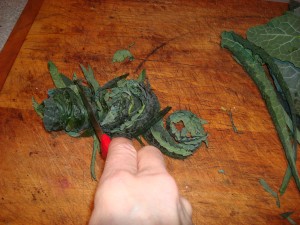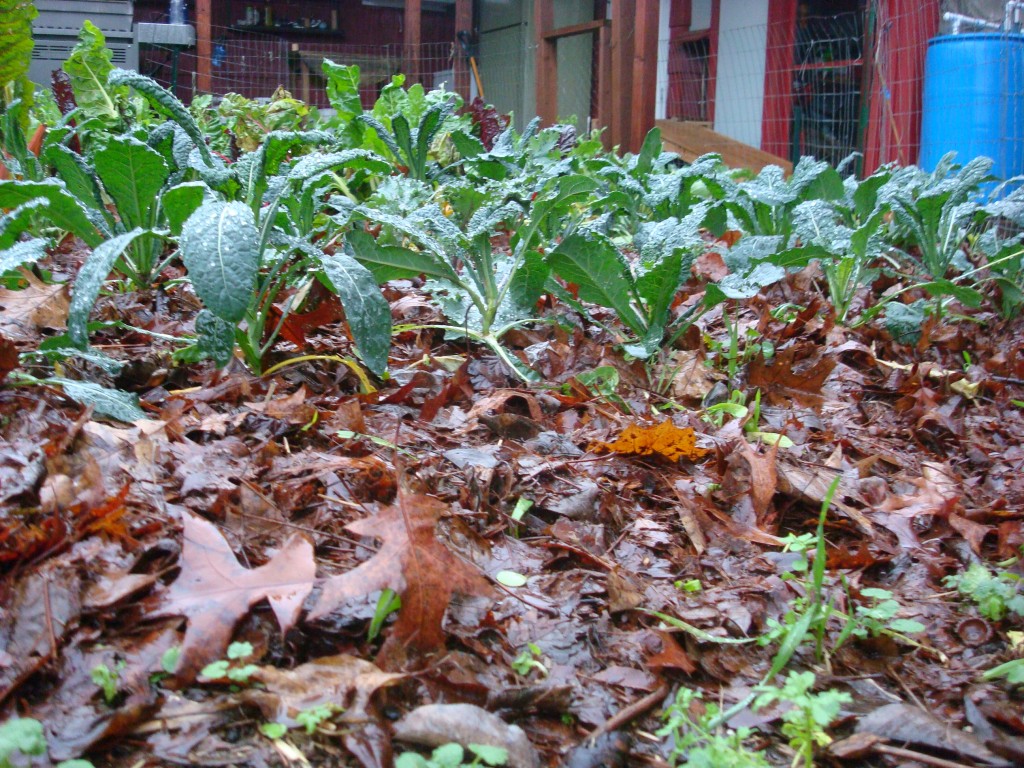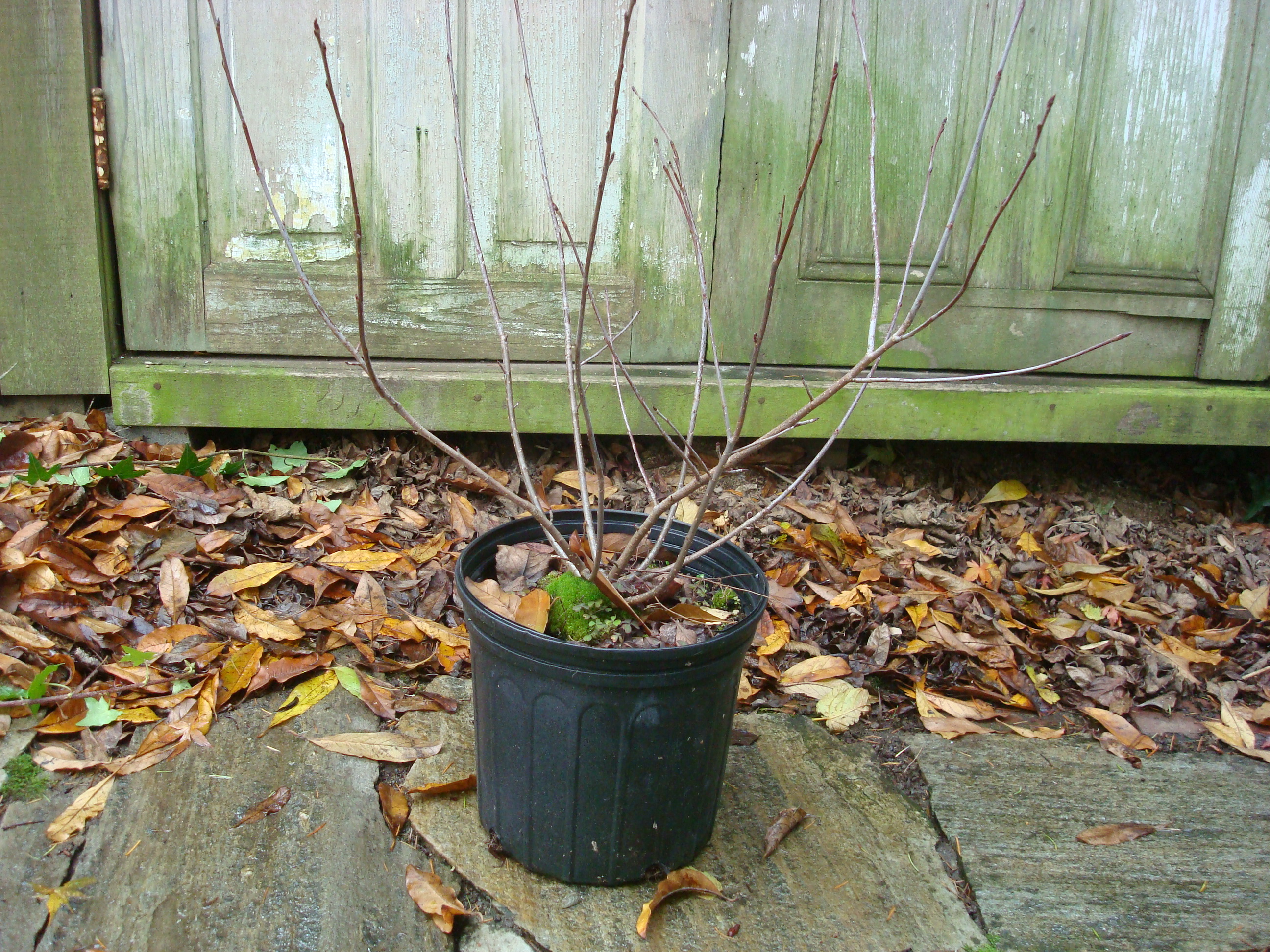
Growing lemongrass this past summer was one of my most successful experiments for both its medicinal benefits and culinary uses. I always enjoy the growing part of starting a plant by seed and watching its gradual development throughout the season but in October when a frost is imminent, I find myself hustling to figure out how to preserve my harvest and put it to work in my daily life. Even though lemongrass seems so exotic, it was easy to grow from seed, it was pest free and its long arching blades gave a full tropical look to the garden so I recommend growing and using its leaves in tea and roots in Thai soup.
When the season shifts to colder temperatures, I often find myself not drinking enough water in that transition. The symptoms of dehydration can show up as fatigue, dizziness or lightheadedness, dry eyes and mouth, wrinkly skin and reduced urination. This Fall, lemongrass is coming to my rescue with its subtle refreshing lemony taste. I refer to it as the universal taste donor because it blends beautifully with other herbs and roots. I especially like adding ginger, fennel seeds and honey to my tea and drinking it in a bowl so my nose has full access to all the aromas.
As a compulsive maker, I spent many hours making little wreaths from the leaves which felt very satisfying. While the health benefits of lemongrass are numerous from both a Western and Eastern perspective, the aesthetics of having a wreath of lemongrass, a sprig of fennel and a chunk of ginger floating in a handmade tea bowl makes this cleansing calming cold chasing brew a keeper.
To make tea simply boil water and put a wreath or 1 tsp of dried lemongrass herb in a tea ball and let it steep. Add other herbs and honey, if desired. You can use the wreath multiple times.
You can buy dried lemongrass here.
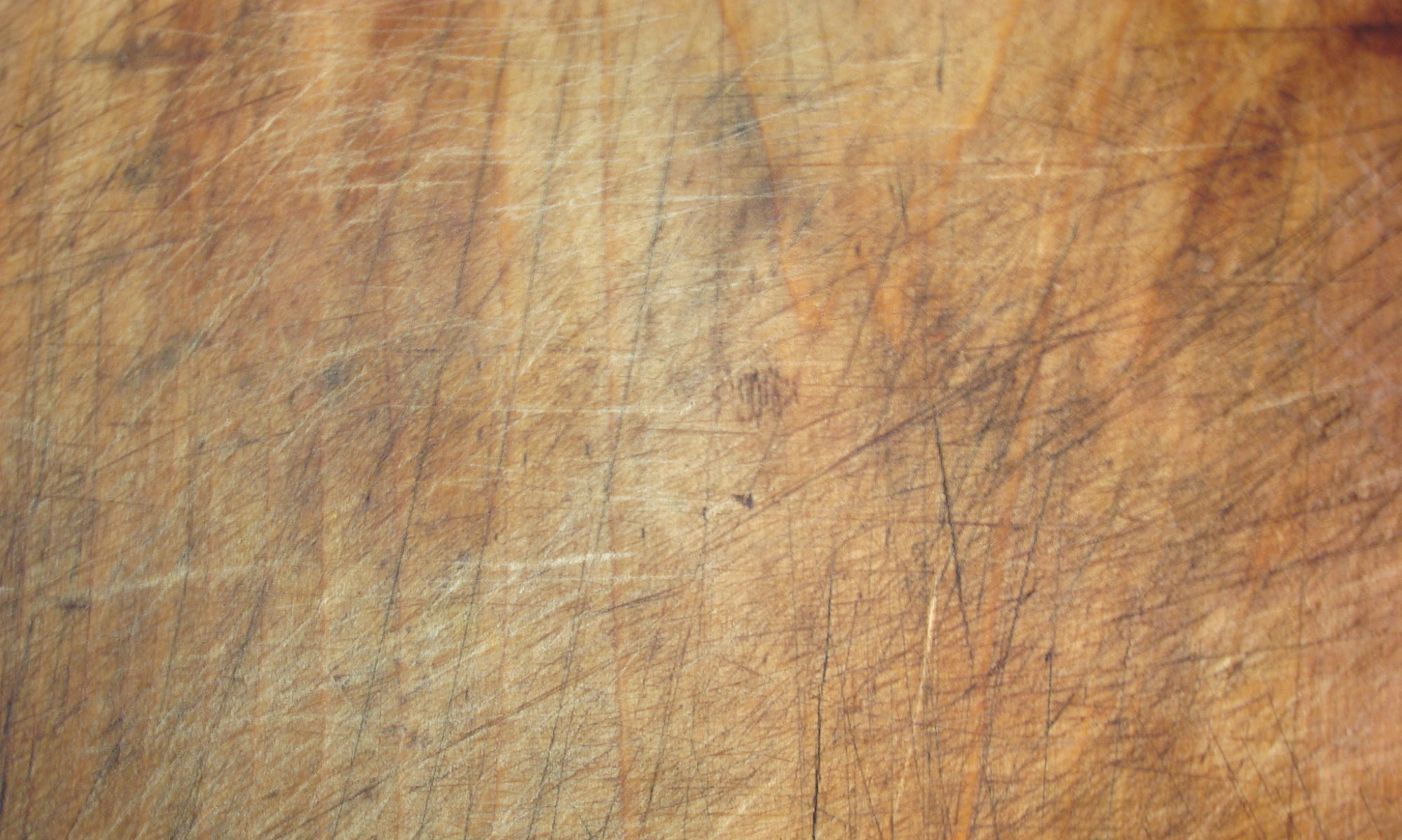



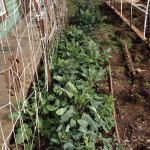

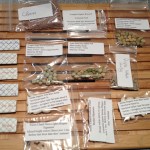 Today, Upper Rainier Beach residents, Iris and Dave, organized the first Seed Swap, an informal neighborhood event. Located in their dining room, it was perfectly little. As I browsed the table filled with thoughtfully categorized vegetable varieties, I was smitten; it wasn’t just the seed varieties that got my attention, it was how they were packaged. Iris and Dave with typed labels on small plastic bags, gave clear growing instructions; Kim brought seeds in small paper origami packages, complete with a numerical key on a separate piece of paper; others, including myself, simply put the name of the variety on a label and called it done. Kristen and Don brought their seeds in little plastic tubes. I took a sampling of their Purple Driveway, an otherwise unidentified purple lettuce that, you guessed it, grew alongside their driveway.
Today, Upper Rainier Beach residents, Iris and Dave, organized the first Seed Swap, an informal neighborhood event. Located in their dining room, it was perfectly little. As I browsed the table filled with thoughtfully categorized vegetable varieties, I was smitten; it wasn’t just the seed varieties that got my attention, it was how they were packaged. Iris and Dave with typed labels on small plastic bags, gave clear growing instructions; Kim brought seeds in small paper origami packages, complete with a numerical key on a separate piece of paper; others, including myself, simply put the name of the variety on a label and called it done. Kristen and Don brought their seeds in little plastic tubes. I took a sampling of their Purple Driveway, an otherwise unidentified purple lettuce that, you guessed it, grew alongside their driveway.